For Mopar fans, there is one muscle car hunt that will result in a holy grail-style discovery for many: the 1970 Dodge Coronet R/T convertible with the 426 Hemi. It’s been elusive, with rumors that it was sold new in the metropolitan Detroit area, and it was a particular hue. There’s no evidence or to the contrary that any of that is correct, nor can it be said the actual car has been seen since the 1970s, so it is believed this vehicle has been long-gone . . . until now.
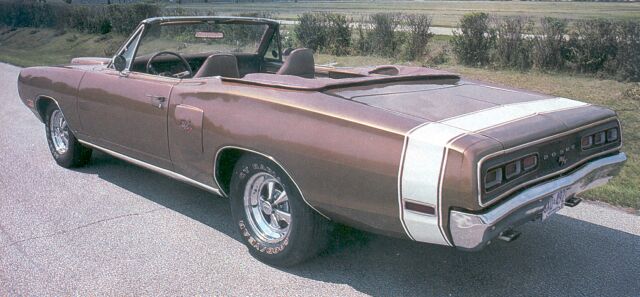
Folklore has promoted the idea that Dodge built only one Hemi Coronet R/T convertible. That is partially true, as only one U.S.-spec car was built, but there was a Canadian export found in a junkyard over 40 years ago, plus a Swiss export was discovered in more recent decades. But this MIA American-market vehicle has been on the radar of every slobbering Mopar fan for decades.
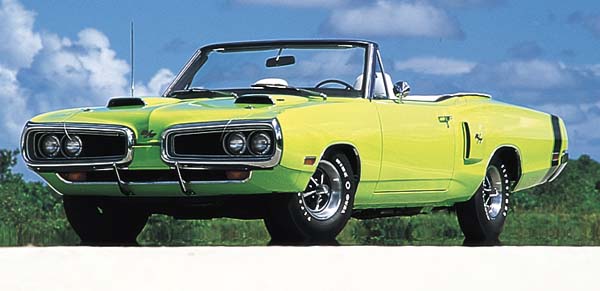
The Coronet R/T was Dodge’s mid-size muscle car that was on equal terms with the likes of the Pontiac GTO and Ford Torino GT – contrast that with the Dodge Super Bee, which featured a cheaper interior and less standard equipment. Plus, the Coronet R/T was the only way to get a performance Coronet drop-top. Combine that with the 426 Hemi, an engine to which all others are compared, and you have the makings for a very, very desirable vehicle.
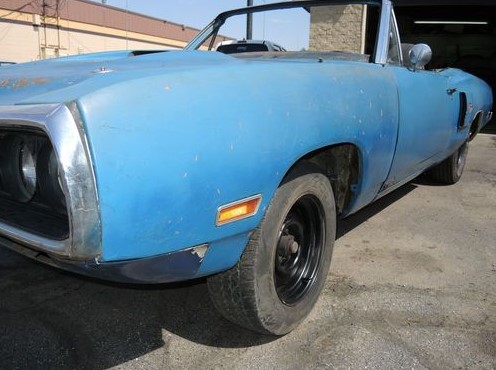
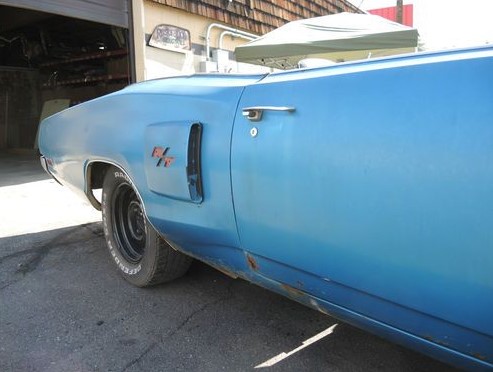
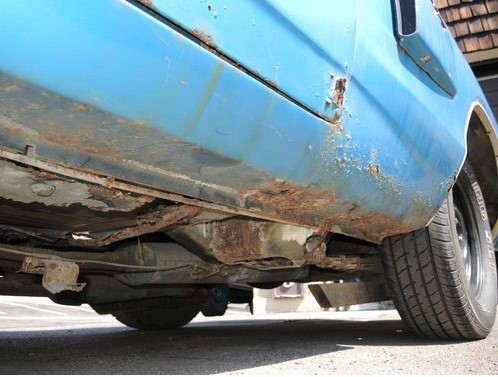
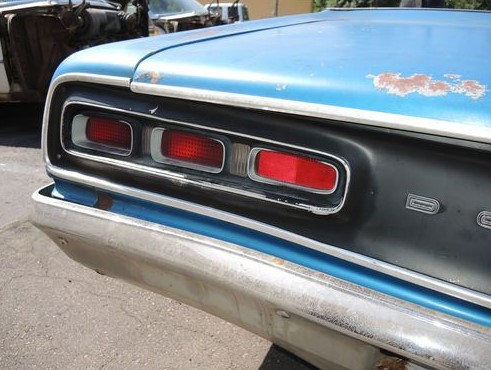
The location of the car hasn’t been disclosed, but it is said to originally have been a “B5” Bright Blue convertible with “V88” bumblebee stripe-delete and black interior. Of course, it was originally powered by a Hemi, and evidence suggests it was backed by a TorqueFlite automatic transmission on the column as confirmed by the broadcast sheet found in the nether recesses of the vehicle. The fender tag is currently missing.
When the ClassicCars.com Journal is able to learn more about this very special car, we’ll update you, possibly next April.






I would hope this is not an April fools joke. With the media full of fake news , credible sources of information are getting mighty scarce these days, and would like to think you take journalistic integrity seriously unlike the major media corporations of this country. If it’s true thank you for letting us know. If it’s a joke well you can go ………… And #@$& ?!!!!!
People like James above are why reading comprehension is important. Stay in school, kids!
I was aware of the one US car and the one Canadian car, but this is the first I’ve heard of a car in Switzerland. Records confirming the US and Canadian cars exist, but I’m not aware that records on exports outside of North America do. I believe any records that may have existed were trashed when Chrysler left the European market in 1979 as a condition of the bailout.
It’s been a known car for quite awhile, but my magazines are in a box so I can’t fill you in on the story when it first appeared on the scene. Maybe Ola knows?
Not a James but reading comprehension and any form of critical thinking is a skill approximately 30% or so of our country do not possess. Cool story though, another automotive mystery emerges .